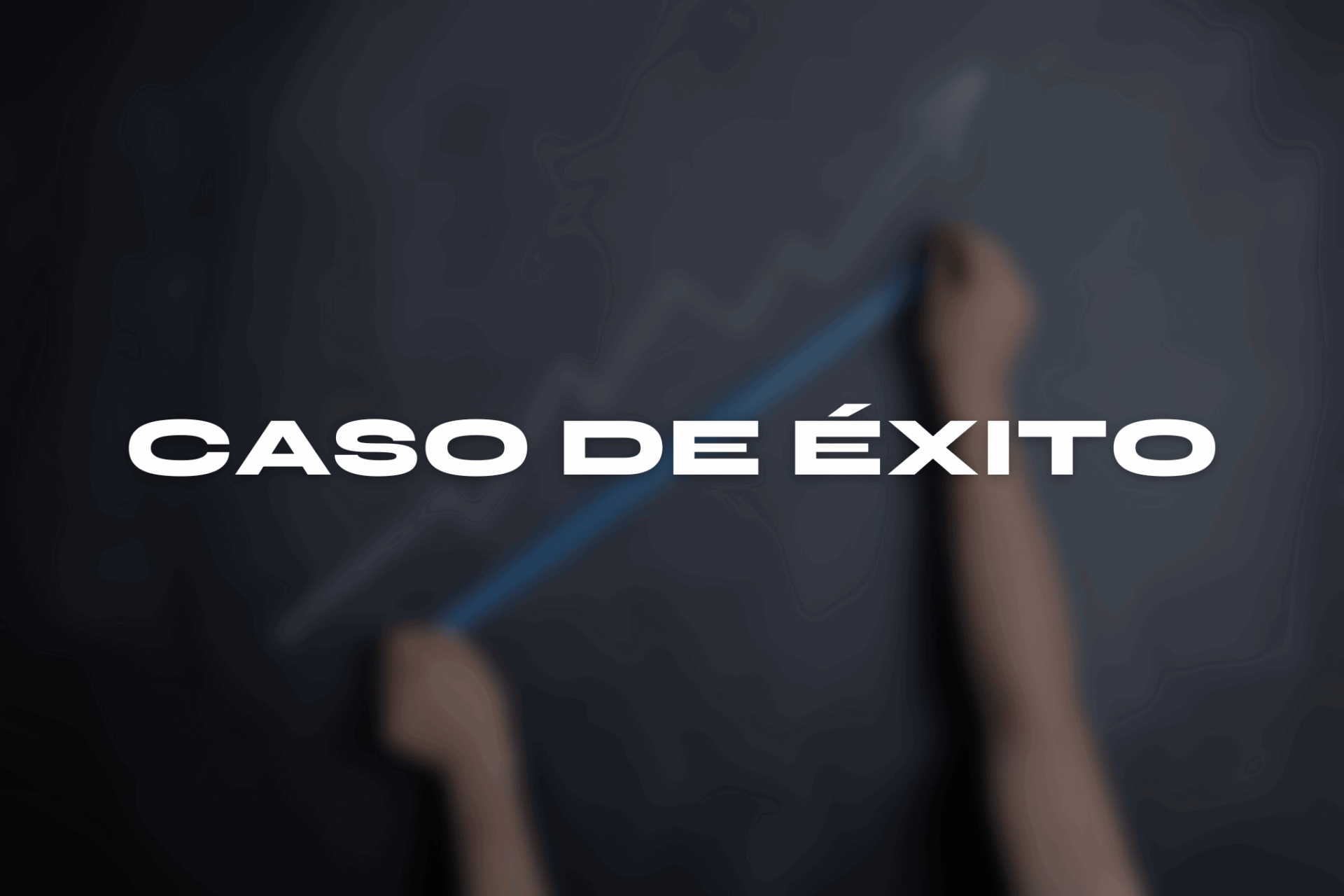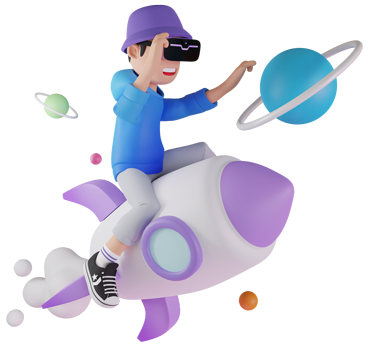The property translate CSS is a powerful and flexible tool that allows developers to move elements in any direction within the two-dimensional plane of a web page. This functionality is part of CSS transformations, which provide a way to alter the shape, size, and position of elements in an efficient and performance-optimized way.
Table of Contents
ToggleWhat is CSS Translate?
When we talk about translate In CSS, we refer to a transform function that relocates an HTML element to the X, Y, and even Z plane, without altering the flow of the document. This means that the element is moved visually, but its original space in the page layout remains intact.
How to Use Translate in CSS?
To use translate, you need to apply the property transformation on the element you want to move. Let's see how to do it to move an element to the right (X axis) and down (Y axis):
.element { transform: translate(50px, 100px); }In this example, the element will move 50 pixels to the right and 100 pixels down. If you only want to move it in one axis, you can do it like this:
.element-x { transform: translateX(50px); } .element-y { transform: translateY(100px); }Move Elements on the Z Axis with TranslateZ
The function translateZ It is less known because it is used for depth effects and requires a 3D transformation context:
.element-z { transform: translateZ(50px); }So that translateZ have a visible effect, we must also apply a perspective to the parent element or the document as a whole, otherwise we will not notice the change.
.container { perspective: 500px; }Combine Translate with Other Transformations
You can combine translate with other transformations like rotate, scale y skew To create more complex effects:
.combined-element { transform: translate(50px, 100px) rotate(30deg) scale(1.5); }Here, the element is moved, rotated 30 degrees, and scaled to 1.5 times its original size, all in a single line of code.
The Preferred Unit of Measurement
While you can use absolute units such as pixels, in some cases you may prefer to use relative units such as percentages or vw/vh (viewport percentage), especially when looking for a responsive layout:
.element-responsive { transform: translateY(10vh); }This element will move down 10% from the height of the browser viewport, providing more flexibility across multiple devices.
Applying Translate to Interaction Events
Translate becomes even more powerful when applied in response to user events, such as hover o click. Here's an example of how a button could move slightly up when the mouse hovers over it, providing instant visual feedback:
.button:hover { transform: translateY(-5px); }Performance and Best Practices with Translate
Wear translate has performance benefits compared to other ways of moving elements, such as changing the property left o top, because translate It does not cause reflows or repaints in the document layout. This means smoother animations and less work for the browser.
One important thing to note is that transformations like translate They create a new stacking context, which can affect how elements overlap. It's essential to test your transformations in different browsers and contexts to make sure the behavior is what you expect.
Experiment and Learn
The property translate It has many possibilities, and the best way to learn is to experiment with it. If you are looking for more information on CSS transformations or any other topic related to web development, visit my blog https://nelkodev.com to discover a wide range of resources and guides.
If you have questions or need help with your project, do not hesitate to contact us through https://nelkodev.com/contacto. I'm here to help you navigate the world of web design and development.
With this knowledge about property translate In CSS, you now have in your hands the power to create dynamic and attractive interfaces that respond not only to the structure of the page, but also to user interactions. Remember to experiment, practice, and most importantly, have fun as you design the next great web experience.






